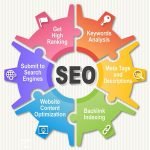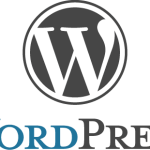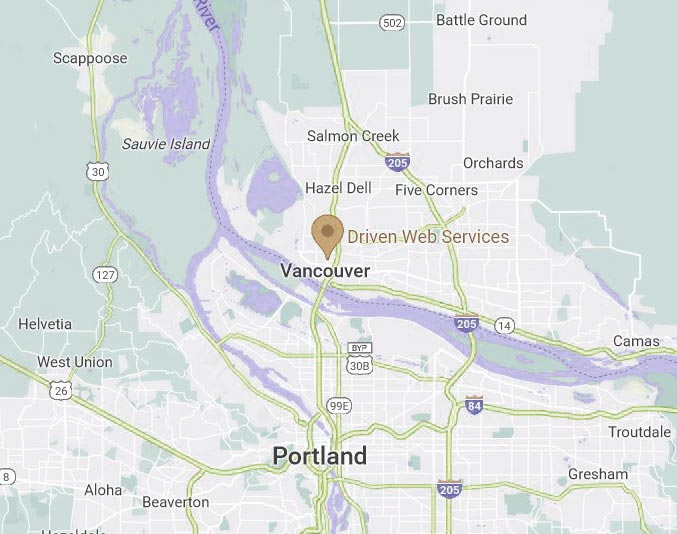Website design requires a little art, a little science, a bit of intuition, and quite often a lot of help. This is especially true when you’re trying to get a new business off the ground. The average businessperson does not have a real clear concept of what is involved in website design and so therefore is already at a disadvantage when trying to launch a new website.
 It is true that anyone can go and purchase a domain name, find a host, and get a website launched for pennies, but to know how to develop that website into something that attracts business requires a little more than just following your instincts. There are basic fundamentals to web design that you will need to know in order to get your site launched in the right way. According to Website Design Basics, you need to know exactly what your viewers will need;
It is true that anyone can go and purchase a domain name, find a host, and get a website launched for pennies, but to know how to develop that website into something that attracts business requires a little more than just following your instincts. There are basic fundamentals to web design that you will need to know in order to get your site launched in the right way. According to Website Design Basics, you need to know exactly what your viewers will need;
‘Users’ needs are not necessarily hard to fulfill but one website cannot solve all users’ problems, so don’t try to. Focus on the solution you offer the user and concentrate on how to deliver it.
Once you’ve identified how you will deliver what your visitor needs, you will be better able to meet the expectations of those who find you.
Consider Speed
Part of your website design should include speed. Research has shown that people who are online looking for answers to their questions will only give you a few seconds to grab their attention. There should not be time wasted in a slow loading website. As soon as visitors land on your page the first information they see should assure them that you can answer their question. Eliminate anything that may get in the way of getting that fundamental point across. The fewer clicks they have to make to get your point the better are your chances of keeping them on your site long enough to respond to your call to action.
Step Away From the Computer
While this may seem a little crazy, try developing your plan away from the computer. Go the old-fashioned route and take out a pencil and paper to sketch out the design you want to work with. Create a diagram that will show the kind of layout you want and how it will be laid out. If you start out right away trying to create only a vague idea of what you expect you will soon get lost and confused. And one thing for sure is that if you’re lost and confused, so will your visitors be; a sure fire way to alienate all those who may be a potential customer.
Give Your User Control
Since it’s the user that needs the information, designing your site so that they feel in control can be a major plus. It allows them to focus on their sole purpose for visiting your site without any distractions. This has been an effective approach for many website users across the board. Notice the comments made by a Yahoo designer to TechRadar,
The interesting challenge for us was that our new strategy for the homepage – an open and social space where customers put the best of their web – meant that we were in effect putting them in charge of design and usability.
The more control you allow the user to have the more they will be inclined to remain on your site. This means that there must be a significant amount of attention given to the layout and its function. The more user-friendly the layout will be; allowing information needed more frequently to be easily accessed can make a huge difference in the way people will view your site.







